Norte Chico
Grobman et al. reported on evidence of maize extending back to 6700 calibrated years before present at the sites of Paredones and Huaca Prieta in the Chicama Valley. Again, at these two sites, the scarcity of macrobotanical remains led to the conclusion that maize “was not a primary element of the diet”
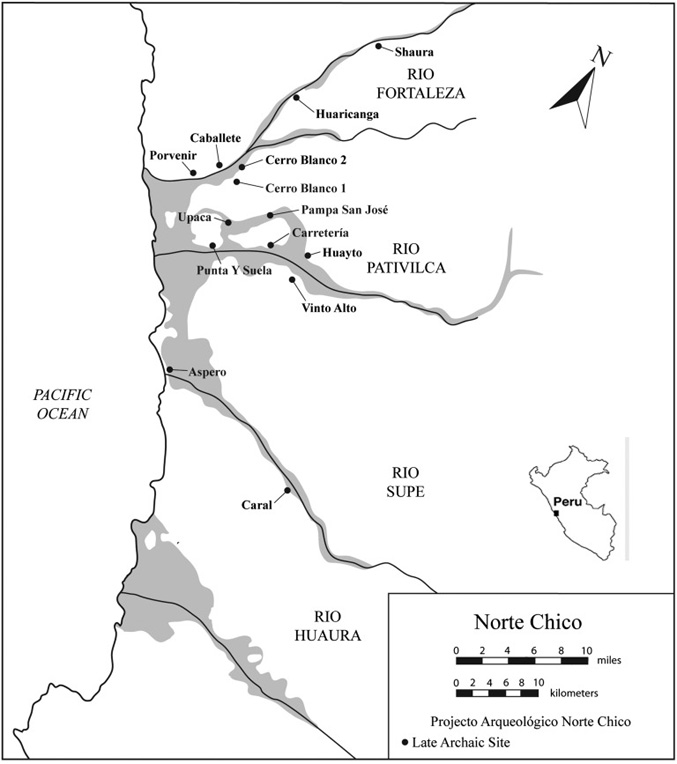
CARAL
BANDURRIA
SECHIN BAJO - 3500 BC
SECHIN ALTO - 2000 BC
CERRO SECHIN
HAURICANGA
CASMA-SECHIN CULTURE - 3600 BC
ZANA VALLEY CANALS - 6700 BC
Caral: The Most Ancient City of the Americas and its Striking Ancient Pyramids
Toured In 2017
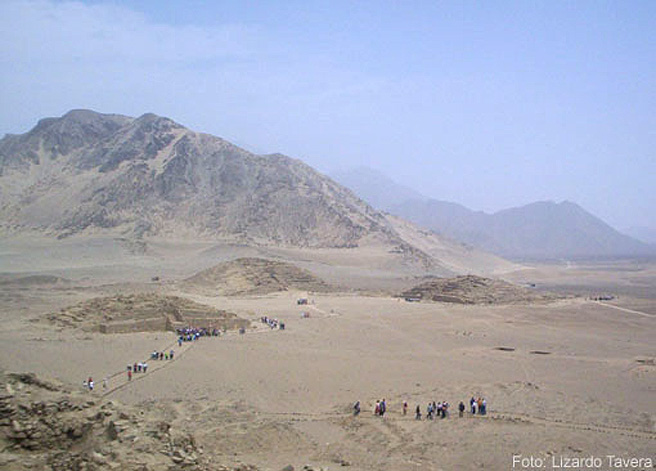
Bandurria is a large archaeological site on the Huaura River in Peru going back to 4000 BC
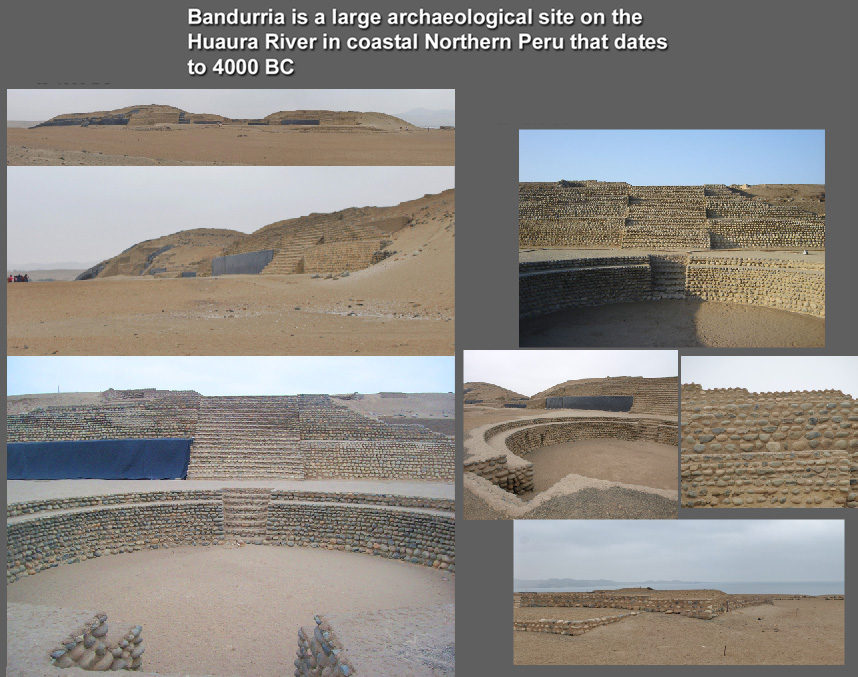
Ancient Ceremonial Plaza found in Peru
A team of German and Peruvian archaeologists say they have discovered the oldest known monument in Peru: a 5,500-year-old ceremonial plaza near Peru’s north-central coast at Sechin Bajo. Carbon dating of material from the site revealed it was built between 3500 B.C. and 3000 B.C.
Archeologists find 5,500-year-old plaza in Peru
From 2008
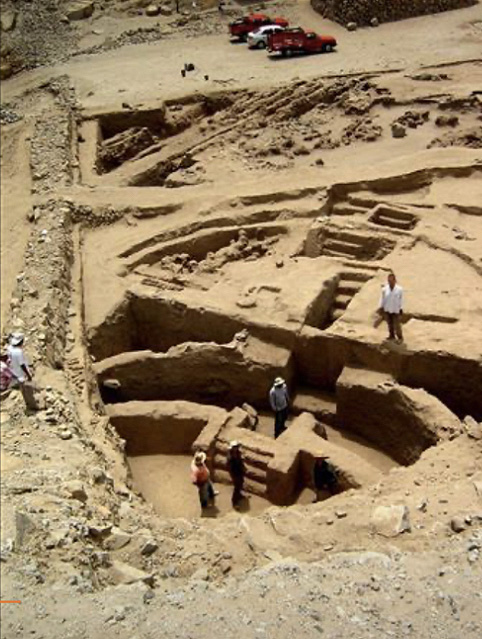
A view of the ruins of Sechin Bajo, that was built 5,500 years ago, after it was discovered in Casma in this February 2008 file photo. Archeologists involved in the dig said on Monday carbon dating shows it is one of the oldest structures ever found in the Americas. A team of Peruvian and German archeologists uncovered the plaza, which was hidden beneath another piece of architecture at the ruins known as Sechin Bajo, in Casma, 229 miles north of Lima, the capitol.
3400 BC
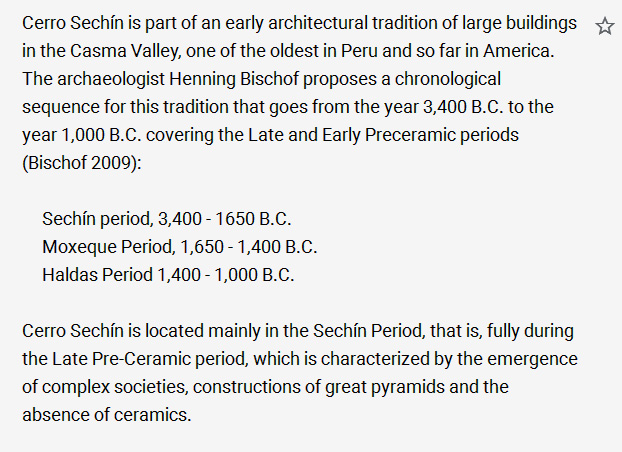
"All of these reviews are actually talking about Cerro Sechin, not Sechin Bajo. Sechin Bajo is an interesting site archaeologically, but not much to visit. Cerro Sechin is one of the great archaeological monuments of Peru. This is where you find the extraordinary carved figures in bas relief representing the sometimes gory results of warfare, including parts of the defeated as well as the impressive full figures of victorious warriors. Cerro Sechin is easy to reach from the highway or by quick cab ride from Casma. There is a small museum and picnic area adjacent to the incomparable ruins"
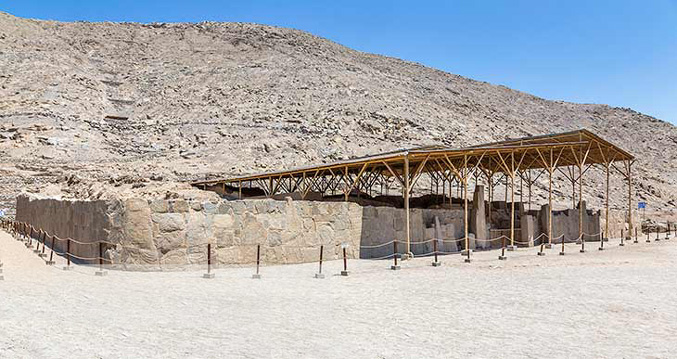
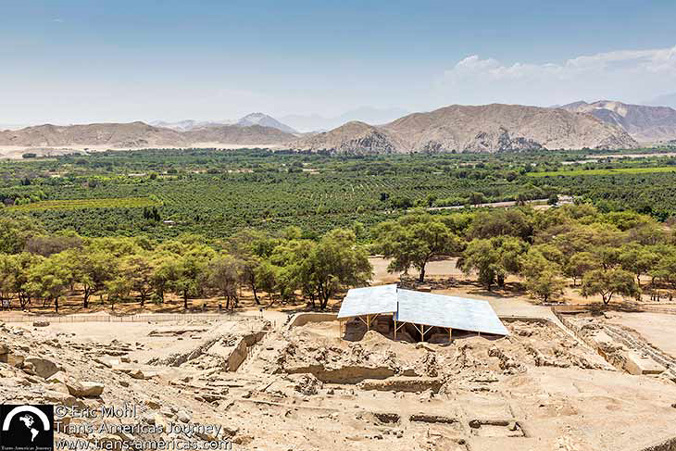
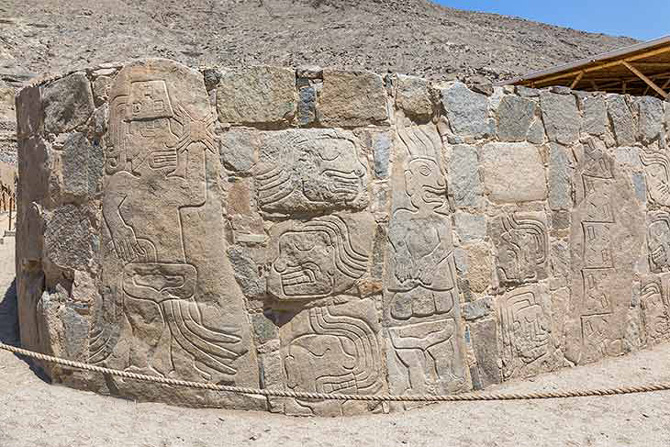
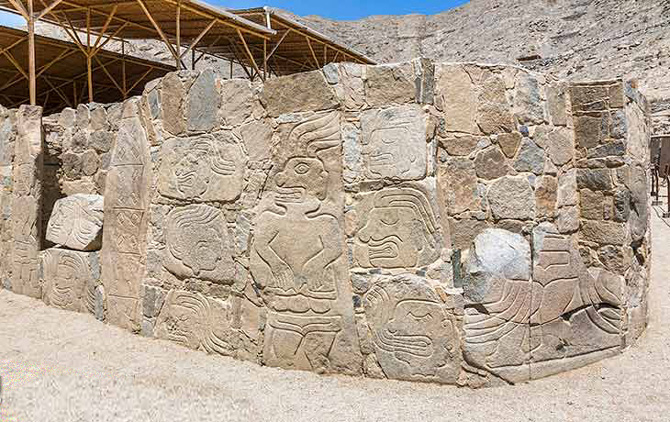
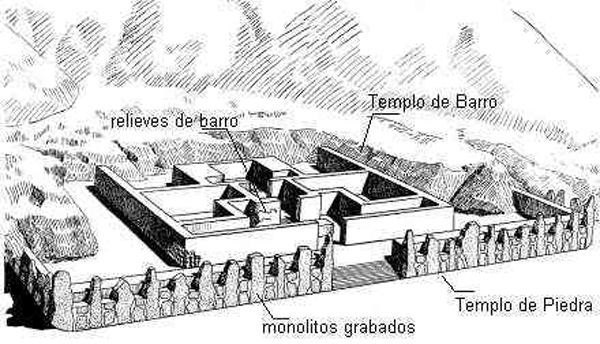
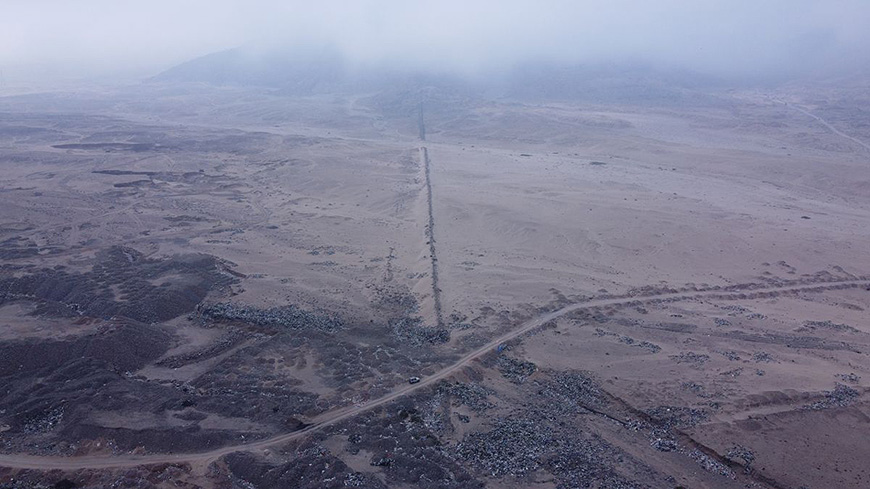
| The Muralla La Cumbre was long thought to be an barrier against enemy invasion, but new evidence suggest it was designed to fend off flooding |
Huaricanga is the earliest city of the Norte Chico civilization aka Caral-Supe. It existed around 3500 BC and was the oldest city in the Americas and one of the earliest cities in the world.
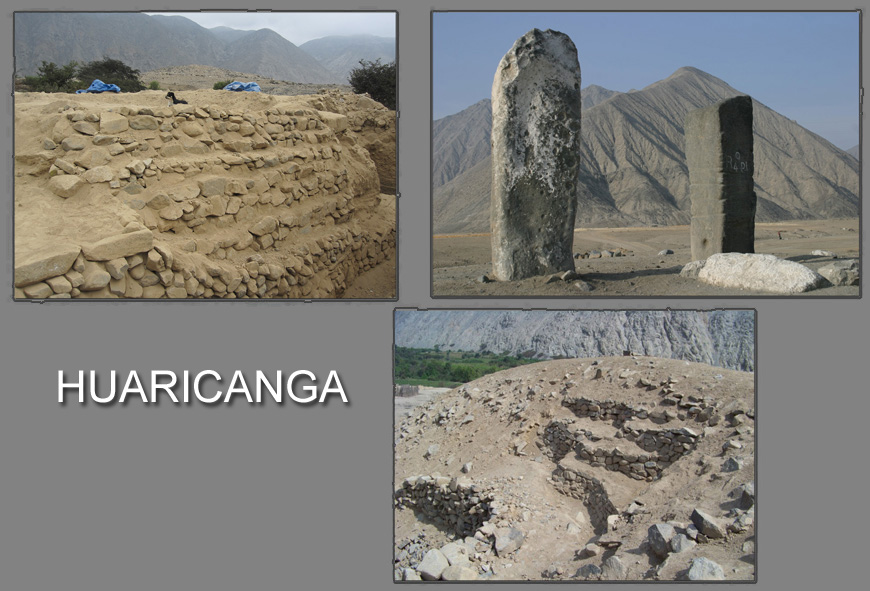
Huaricanga Archaeological Research Project
Proyecto Arqueológico Norte Chico
An Exploration of Ceremonial Architecture at Huaricanga
CALLACPUMA

| A team of anthropologists from the University of Wyoming, the University of California, Santa Barbara and the University of New Hampshire has discovered a 4,750-year-old megalithic circular plaza measuring 60 feet/18 meters in diameter at Callacpuma in the Cajamarca basin of Peru. This is one of the earliest known monumental and megalithic structures in the northern Peruvian Andes and one of the earliest examples in the western hemisphere. |
The Casma–Sechin culture c. 3600 BC – 200 BC of Peru refers to the large concentration of pre-historic ruins in the valleys of the Casma River and its tributary the Sechin River and along the nearby coast of the Pacific Ocean. The ruins include major archaeological sites such as Sechin Bajo, Sechin Alto, Cerro Sechin, Mojeque, Chankillo and Taukachi-Konkan as well as other smaller sites.
A frieze located at Sechin Bajo dated at 3600 BC is the oldest example of monumental architecture discovered thus far in the Americas. This date, if confirmed by additional discoveries, means that the Casma-Sechin culture may have originated as early or earlier than the Caral-Supe civilization, currently considered the oldest civilization of the Americas.
Chankillo - South America's Stonehenge
Locate tour company

The Thirteen Towers have been interpreted as an astronomical observatory built in the 4th century BC
The Thirteen Towers solar observatory
The regularly-spaced thirteen towers of Chankillo were constructed atop the ridge of a low hill running near north to south, forming a "toothed" horizon with narrow gaps at regular intervals. To the east and west investigators designated two possible observation points. From these vantages, the 300 meter long spread of the towers along the horizon corresponds very closely to the rising and setting positions of the sun over the year, albeit they are not all visible. On the winter solstice, the sun would rise behind the leftmost tower of Chankillo and rise behind each of the towers until it reached the rightmost tower six months later on the summer solstice, marking the passage of time. The Thirteen Towers of Chankillo could be the earliest known observatory in the Americas. Inhabitants of Chankillo would have been able to determine an accurate date, with an error of a day or two, by observing the sunrise or sunset from the correct tower. A contemporary site in Chincha Valley, Peru, of the late Paracas culture, which also marked the solstice, has recently been examined.
The towers had been known to travellers for 200 years but were not determined to be an astronomical site until 2007 by Iván Ghezzi and Clive Ruggles.
Archaeologists Discover 4,000-Year-Old Temple and Theater in Peru
July 10, 2024

Sipan
'Oldest religious icon in Americas'
Staff god
The fragment of a bowl dated to about 4,000 years ago bears the image of the Staff God, the main deity in the Andes for thousands of years.
The figure was found at a looted cemetery on the coast of Peru, 120 miles north of Lima.
The area appears to have been the ancestral home of pre-Inca civilisation.

